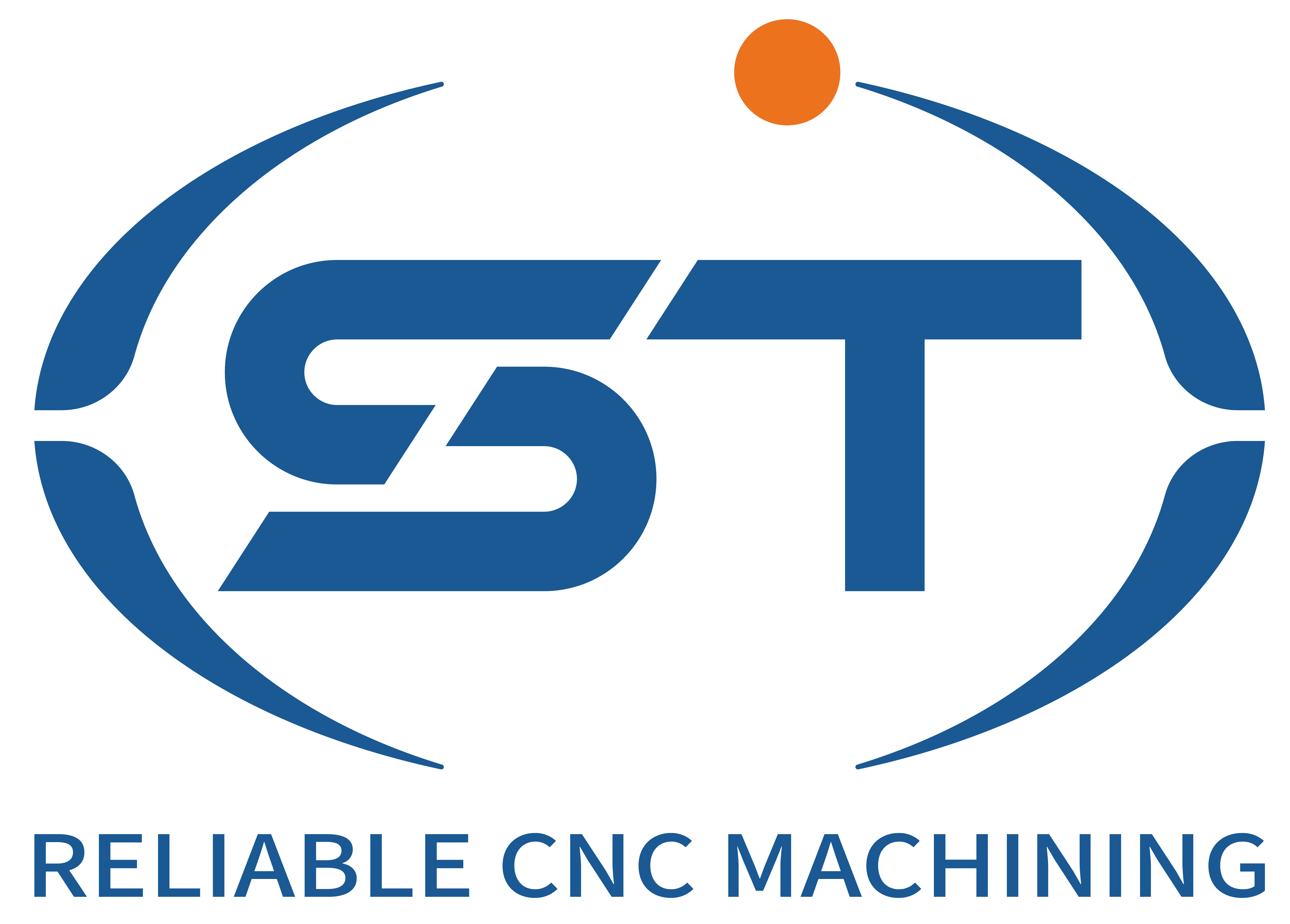Table of Contents
ToggleUnderstanding Machinability and Its Importance
Machinability is a critical concept in the field of Akkordeon #1, referring to a material’s ability to be machined effectively and efficiently. It encompasses various characteristics, such as the ease with which a material can be cut, shaped, or finished using machining tools. The significance of machinability cannot be overstated, as it directly influences manufacturing processes, machining speed, and overall productivity. When materials possess favorable machinability, they facilitate improved cutting conditions and enable manufacturers to achieve better surface finishes, tighter tolerances, and enhanced tool life.
Several factors contribute to a material’s machinability, including its hardness, tensile strength, thermal conductivity, and ductility. For instance, softer materials with lower tensile strength often exhibit better machinability since they require less power to cut and generate less heat during machining. On the contrary, hard materials can lead to increased tooling wear and may demand specialized cutting tools that can significantly raise production costs. Consequently, understanding these factors helps manufacturers select the right materials for their specific machining applications, ultimately optimizing both the process and the end product.
The implications of poor machinability are severe, as they can lead to various manufacturing challenges. For example, materials with low machinability might cause reduced machining efficiency, resulting in longer cycle times. This inefficiency increases the overall cost of production, as more labor and machine hours are consumed. Moreover, excessive tool wear due to difficult machining conditions can further exacerbate costs, often necessitating frequent tool replacements. Therefore, a comprehensive understanding of machinability is vital for manufacturers aiming to enhance their CNC machining processes, as it plays a pivotal role in maintaining competitive advantage in today’s fast-paced industrial environment.
Why Choose Aluminum 6061 for CNC Machining
Aluminum 6061 is a widely used material in CNC machining due to its exceptional properties, which make it an ideal choice for various applications. One of the most significant advantages of aluminum 6061 is its high strength-to-weight ratio, which enables the creation of lightweight yet durable components. This characteristic is particularly valuable in industries where reducing weight is critical, such as aerospace and automotive sectors.
The ease of machinability of aluminum 6061 further enhances its desirability as a material for CNC machining. This aluminum alloy can be easily cut, shaped, and finished, which allows for precise manufacturing processes. It provides excellent surface finishes and maintains tight tolerances, ensuring that the final product meets stringent specifications. In comparison to other common materials like stainless steel and titanium, aluminum 6061 is easier to work with, resulting in reduced manufacturing time and costs.
Another key aspect of aluminum 6061 is its resistance to corrosion. This inherent property makes it suitable for use in harsh environments where exposure to moisture and chemicals is likely. The natural oxide layer that forms on the surface of aluminum 6061 enhances its corrosion resistance, thereby extending the lifespan of the manufactured components. This advantage makes it a more reliable choice than materials like stainless steel, which may require additional coatings to bolster their resistance against oxidation.
Furthermore, aluminum 6061’s versatility allows it to be utilized across various applications, from structural components to intricate machined parts. Its compatibility with different fabrication techniques and ability to be anodized or painted for aesthetic purposes further solidify its position as a favored material in CNC machining. By selecting aluminum 6061, manufacturers can benefit from both performance and cost efficiency, making it an optimal choice for diverse engineering requirements.
Enhancing Efficiency and Reducing Costs Through Proper Material Selection
In the realm of CNC aluminum machining, the selection of suitable materials plays a crucial role in achieving operational efficiency and reducing overall costs. High machinability materials significantly enhance the machining process, leading to a marked decrease in cycle times. This reduction translates into faster production rates and improved output, allowing manufacturers to meet customer demands more effectively.
When manufacturers choose materials with excellent machinability, they are essentially investing in longer tool life and lower tooling wear. For instance, utilizing high-grade aluminum alloys, such as 6061 or 7075, known for their favorable machinability characteristics, can reduce the frequency of tool replacements. This not only saves on material costs but also minimizes downtime, as operators spend less time changing tools and more time on actual production.
The economic benefits of selecting high machinability materials extend beyond just tooling savings. They also enable higher machining speeds and feed rates, which are critical in increasing productivity. When machining processes are optimized, it leads to shorter lead times and potentially lower prices for end customers. According to a study by the National Institute of Standards and Technology, manufacturers reported a 20% reduction in machining cycle times when using optimized materials, highlighting the cost savings tied to proper material selection.
Additionally, high machinability materials can enhance the quality of finished products. This improvement reduces the likelihood of rework and scrap, further contributing to cost efficiency. As a result, businesses that prioritize material selection strategically position themselves for competitive pricing in the CNC aluminum machining market. Ultimately, the synergy between enhanced machinability, efficiency, and reduced costs fosters a more effective manufacturing environment, allowing for sustainable growth and profitability.
Best Practices for Material Selection in CNC Machining
Choosing the appropriate material for CNC machining is a crucial aspect that significantly affects the manufacturing process, product quality, and cost efficiency. One of the first considerations should be the intended application of the product. Different applications require different mechanical properties such as strength, ductility, and corrosion resistance. For instance, while aluminum 6061 is a popular choice due to its excellent machinability and strength-to-weight ratio, other alloys may be more suitable for specific applications, especially when additional strength or thermal properties are required.
Another important factor is the production volume. If a manufacturer plans to produce high volumes, it may be beneficial to select materials that not only provide excellent machinability but also optimize tool wear rates and cycle times. Selecting materials that are easy to machine can significantly reduce production times, translating into lower overall costs. Furthermore, considering the long-term sustainability and recyclability of materials can align with current industry trends towards greener manufacturing practices.
Cost constraints also play a vital role in material selection. Manufacturers must weigh the initial costs against performance benefits. While premium materials may offer superior machinability and strength, they could also inflate production costs. As a balance, materials such as aluminum 7075, which offer enhanced strength while still being machinable, can sometimes serve as a better alternative, depending on the project’s budget and requirements. Additionally, exploring composite materials could also provide an avenue for high-performance applications with weight savings.
In conclusion, effective material selection in CNC machining involves a comprehensive evaluation of application requirements, production volume, and cost-effective strategies. By carefully considering these factors and exploring alternatives such as aluminum 7075 and composite materials, manufacturers can enhance machinability and achieve their production goals more efficiently.




